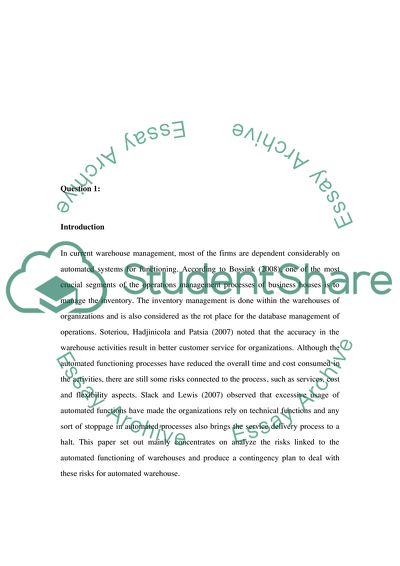Cite this document
(Warehouse Automation Technology Essay Example | Topics and Well Written Essays - 4000 words, n.d.)
Warehouse Automation Technology Essay Example | Topics and Well Written Essays - 4000 words. https://studentshare.org/professional/1879728-storage-and-warehousing-techniques
Warehouse Automation Technology Essay Example | Topics and Well Written Essays - 4000 words. https://studentshare.org/professional/1879728-storage-and-warehousing-techniques
(Warehouse Automation Technology Essay Example | Topics and Well Written Essays - 4000 Words)
Warehouse Automation Technology Essay Example | Topics and Well Written Essays - 4000 Words. https://studentshare.org/professional/1879728-storage-and-warehousing-techniques.
Warehouse Automation Technology Essay Example | Topics and Well Written Essays - 4000 Words. https://studentshare.org/professional/1879728-storage-and-warehousing-techniques.
“Warehouse Automation Technology Essay Example | Topics and Well Written Essays - 4000 Words”. https://studentshare.org/professional/1879728-storage-and-warehousing-techniques.


